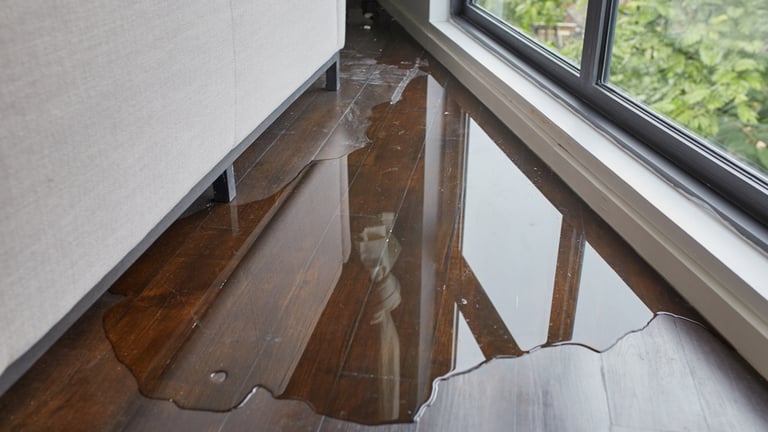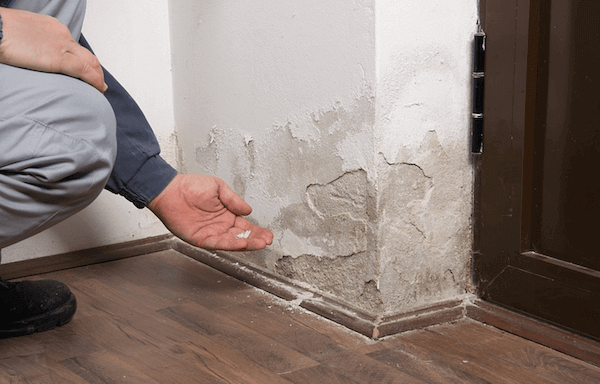Do's & Don'ts of Water Restoration.
Do's & Don'ts of Water Restoration.
Blog Article
Almost everyone maintains their unique concepts about Reducing Your Risk Of Water And Fire Damage At Home.

Water provides life, water invasion on parts where it's not expected to be can result in damage. Homes with water damage smell musty and old.
Water can originate from several resources such as typhoons, floodings, ruptured pipes, leaks, and sewage system problems. In case you experience water damage, it would be great to recognize some safety and security preventative measures. Right here are a couple of standards on exactly how to manage water damages.
Do Prioritize Residence Insurance Coverage Coverage
Water damage from flood dues to hefty winds is seasonal. Nevertheless, you can also experience a sudden flooding when a malfunctioning pipe instantly ruptures into your residence. It would be best to have residence insurance that covers both disasters such as natural tragedies, and emergency situations like busted plumbing.
Don't Fail To Remember to Switch Off Utilities
In case of a calamity, especially if you reside in a flood-prone location, it would certainly be advisable to shut off the primary electrical circuit. This cuts off power to your whole residence, stopping electrical shocks when water can be found in as it is a conductor. Do not neglect to turn off the primary water line valve. When floodwaters are high, furnishings will certainly move around and cause damage. Having the major valve turned off stops further damage.
Do Remain Proactive and also Heed Climate Alerts
Listen to evacuation warnings if you live near a river, lake, or creek . Doing so decreases prospective home damage.
Don't Disregard the Roof
Prior to the climate turns terrible, see to it you have a roof covering examination. It would be sensible to get this service each year as it can mitigate intricate problems. If there are no holes as well as leaks in your roof covering, you can prevent rainfall damages. Your roofing professional will additionally deal with faulty seamless gutters or any other signs of weakening. This will certainly avoid water from moving down your walls and also soaking your ceiling.
Do Take Note Of Tiny Leaks
A ruptured pipeline doesn't occur over night. Typically, there are warnings that indicate you have actually weakened pipes in your house. For instance, you might notice bubbling paint, peeling off wallpaper, water streaks, water discolorations, or dripping noises behind the wall surfaces. Ultimately, this pipeline will rupture. Preferably, you should not wait for things to rise. Have your plumbing fixed before it causes substantial damage.
Do Not Panic in Case of a Ruptured Pipe
Maintaining your presence of mind is essential in a time of situation. Since it will stifle you from acting quick, panicking will just compound the issue. When it concerns water damage, timing is key. The longer you wait, the even more damages you can expect. Therefore, if a pipeline bursts in your residence, promptly shut down your main water valve to cut off the source. Unplug all electrical outlets in the area or turn off the circuit breaker for that part of the house. Finally, call a trustworthy water damages restoration professional for aid.
Water provides life, water intrusion on components where it's not expected to be can result in damage. Residences with water damage scent old as well as musty.
Water damages from flood charges to heavy winds is seasonal. You might notice gurgling paint, peeling off wallpaper, water streaks, water discolorations, or leaking audios behind the walls. When it comes to water damage, timing is vital.
Some Do's & Don't When Dealing with a Water Damage
DO:
Make sure the water source has been eliminated. Contact a plumber if needed. Turn off circuit breakers supplying electricity to wet areas and unplug any electronics that are on wet carpet or surfaces Remove small furniture items Remove as much excess water as possible by mopping or blotting; Use WHITE towels to blot wet carpeting Wipe water from wooden furniture after removing anything on it Remove and prop up wet upholstery cushions for even drying (check for any bleeding) Pin up curtains or furniture skirts if needed Place aluminum foil, saucers or wood blocks between furniture legs and wet carpet Turn on air conditioning for maximum drying in winter and open windows in the summer Open any drawers and cabinets affected for complete drying but do not force them open Remove any valuable art objects or paintings to a safe, dry place Open any suitcases or luggage that may have been affected to dry, preferably in sunlight Hang any fur or leather goods to dry at room temperature Punch small holes in sagging ceilings to relieve trapped water (don't forget to place pans beneath!); however, if the ceiling is sagging extremely low, stay out of the room and we'll take care of it DO NOT:
Leave wet fabrics in place; dry them as soon as possible Leave books, magazines or any other colored items on wet carpets or floor Use your household vacuum to remove water Use TV's or other electronics/appliances while standing on wet carpets or floors; especially not on wet concrete floors Turn on ceiling fixtures if the ceiling is wet Turn your heat up, unless instructed otherwise

We are very focused on Safety Tips To Prevent Fire And Water Damage and I am hoping you appreciated the entire post. So long as you liked our blog entry please remember to pass it around. Kudos for your time. Don't hesitate to visit our blog back soon.
Report this page